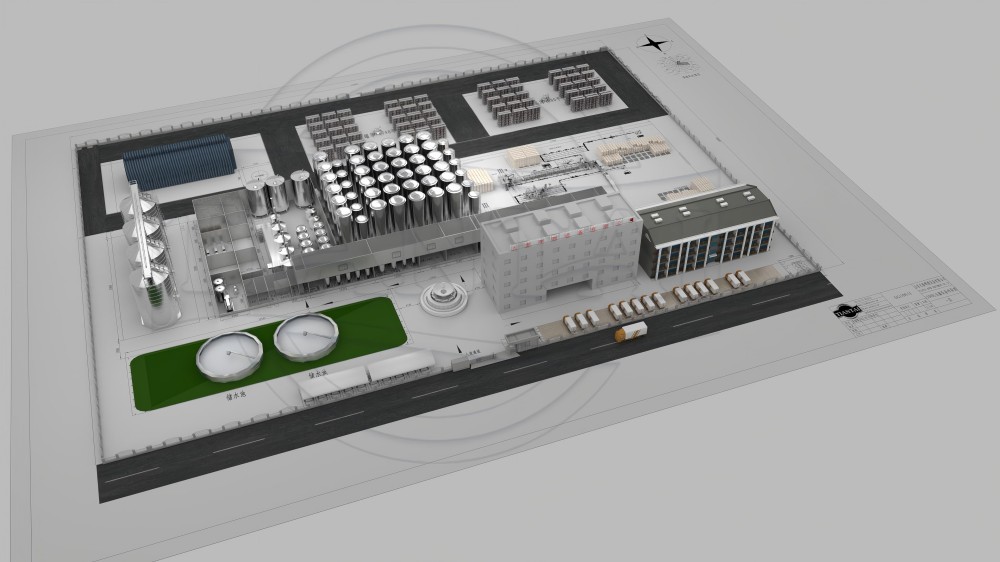.jpg)
Whether you are brewing at home or commercially, it is important to familiarize yourself as much as possible with the beer fermentation and brewing process in order to brew great tasting beer. Beer brewing equipment is different from the electric heating used in regular small-scale equipment. This type of heating is usually steam-based, so a boiler is usually provided when the equipment is installed.
The installed mash tun needs to be cleaned with water to remove any dirt from the mash tun. For equipment with heating tubes, a leak test is required. Add water to the mash tun and heating tubes to see if the heating tubes are leaking. If there is a leak, tighten the screws for safety. If you have an electric steam boiler or gas boiler, heat the mash tank and check that the boiler is operating. The boiler is equipped with a water treatment unit (water softener) to soften tap water for use in the boiler.
Function of water softener: Unsoftened water tends to scale. Due to the continuous evaporation of steam, the concentration of calcium, magnesium and impurities in boiler water is very high, 30-50 times higher than that of natural water. The speed of scaling is beyond imagination, only half a year to a year will be scaled 1-2mm. scale is very harmful, and when serious, will lead to boiler cracking!
The quality of boiler water must meet national standards. Boiler equipment should use demineralized water. Failure to use demineralized water will result in scaling of the gas steam boiler, affecting boiler performance and service life, and may cause accidents.
After each brewing session, use a high-pressure water gun to clean the residual wheat residue in the water tank. Clean the brewing chamber pipes with tap water to avoid residue. Especially when there are wheat grains attached to the heating pipes, they should be cleaned as soon as possible to prevent sticking next time. After the plate heat exchanger is placed in the tank, rinse it first with tap water and then backwash it.
Finally, blow out the water in the plate heat exchanger with oxygen or carbon dioxide to prevent the water from becoming smelly over time. If you don't brew for a long time, you need to clean the brewing system with hot alkaline water, the cleaning method is the same as cleaning a new wine tank, especially cleaning the plate heat exchanger. The clamp connections of the brewing system fittings need to be tightened after a period of use to prevent leakage and damage during use.
Still have a problem on choosing the brewery equipment? We can help with your final decision. If you are looking for a turnkey solution for craft beer brewing system, please contact us. We are looking forward to working with you. Send an email now: [email protected]


.jpg)





Get A Quote